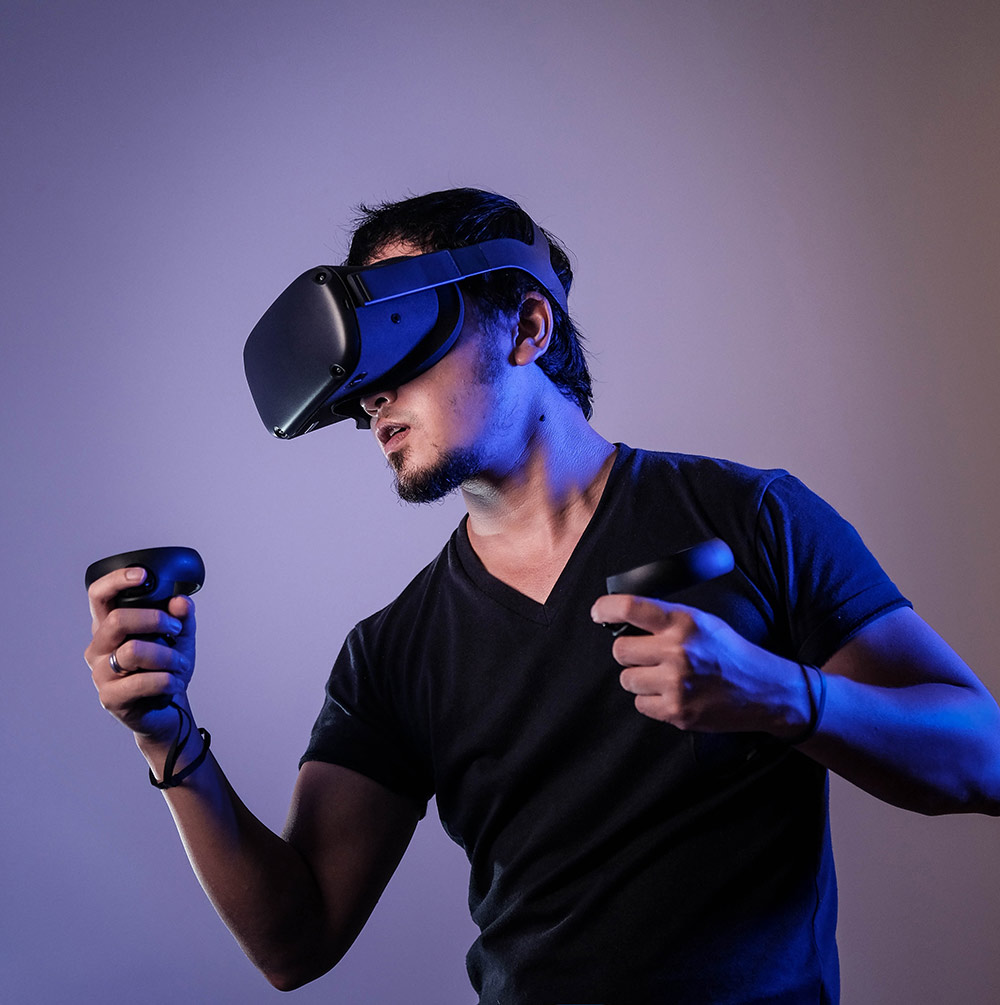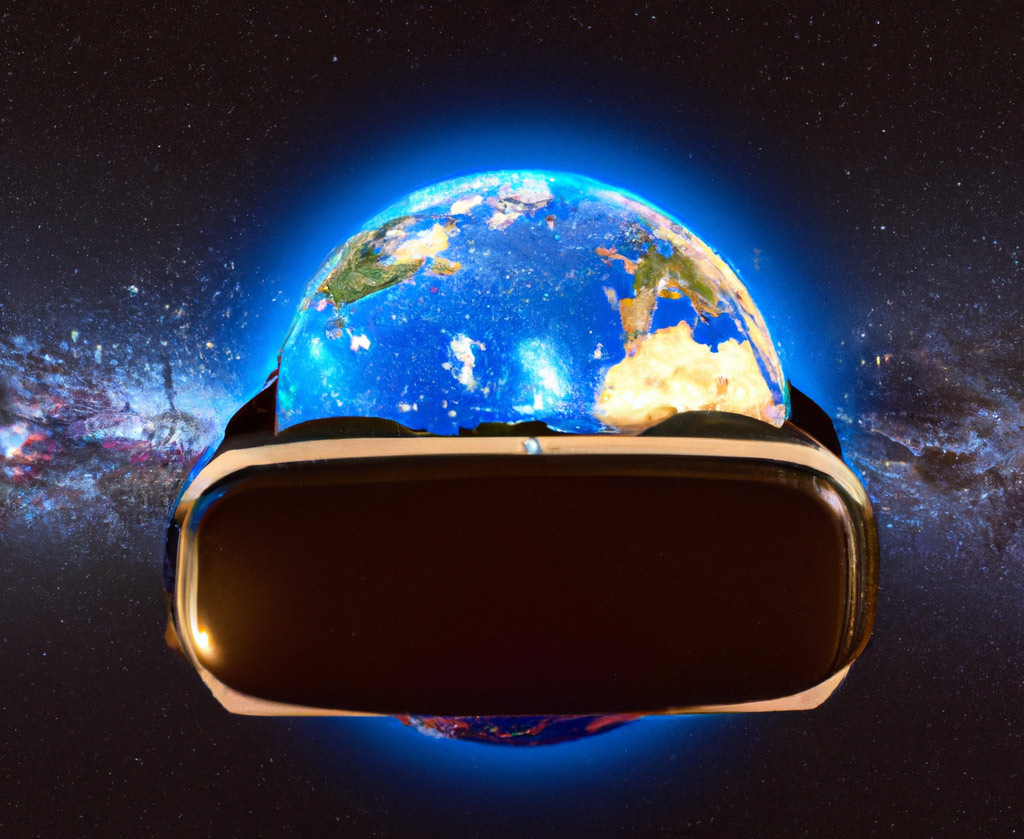Designing user interfaces (UI) for virtual reality (VR) applications presents a unique set of challenges and opportunities compared to traditional screen-based interfaces. The immersive nature of VR means that designers must consider how users will interact with and navigate through the virtual environment and how information and elements are presented in a way that is intuitive and comfortable for the user.

Here are some key considerations to keep in mind when designing UI for VR applications:
-
- Consider the user’s perspective: In VR, the user is fully immersed in the virtual environment and has a 360-degree field of view. This means the UI must be designed to be visible and accessible from any angle.
-
- Think about how users will interact with the interface: VR interfaces should be designed with natural and intuitive gestures in mind. For example, users should be able to select items or interact with elements by reaching out and grabbing them rather than clicking on them with a mouse.
-
- Use spatial relationships: In VR, users can move and look around in the virtual environment. Designers should take advantage of this by placing UI elements in logical spatial relationships to one another rather than linearly arranging them as is often done on a traditional screen.
-
- Keep it simple: VR interfaces should be designed to be as simple and intuitive as possible. This means using clear and concise language and keeping the number of UI elements to a minimum.
-
- Test, test, test: As with any UI design, it’s essential to test the design with users to ensure that it is intuitive and easy to use. This can be done through user testing sessions or by gathering feedback from a small group of beta testers.
Designing UI for VR applications requires a different approach than traditional screen-based interfaces. By considering the user’s perspective, the way they will interact with the interface, and the spatial relationships of UI elements, designers can create VR experiences that are immersive, intuitive, and comfortable for users.




